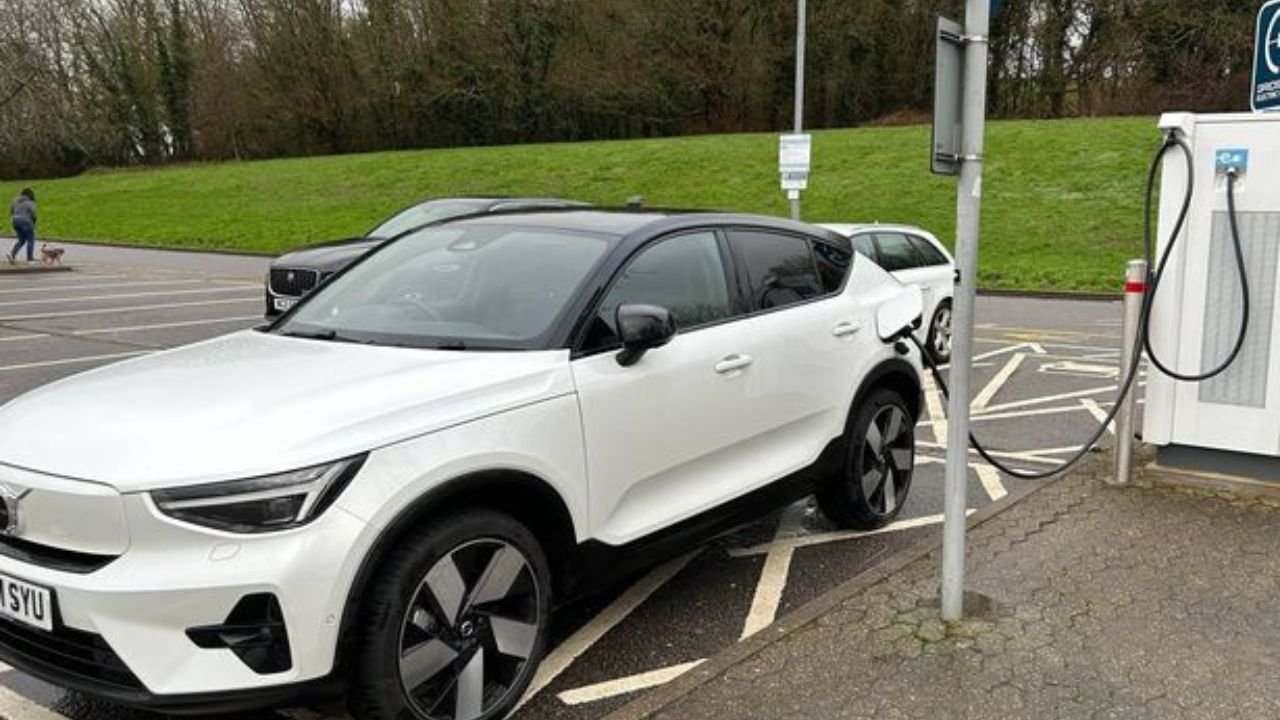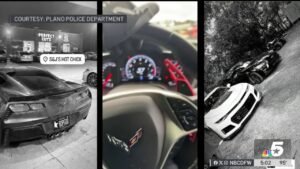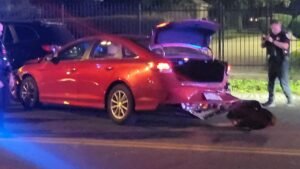Electric vehicles (EVs) are gaining popularity for their eco-friendly benefits, but long-distance travel can still pose challenges. One driver’s recent 350-mile journey in an electric car revealed some unexpected hurdles, particularly when it comes to range, charging, and planning. This article explores why the numbers didn’t work out and offers insights for anyone considering a similar trip. Optimized for SEO, this piece uses simple language to ensure readability and includes tips for better EV road trips.
The Promise of Electric Cars
Electric cars are marketed as a green alternative to gas-powered vehicles. They produce zero emissions, save on fuel costs, and often come with advanced technology. However, their real-world performance on long trips can differ from what’s advertised. For this driver, the expectation of a smooth 350-mile journey didn’t match reality due to issues like battery range, charging station availability, and time constraints.
Why Range Matters
The term “range” refers to how far an electric car can travel on a single charge. Most EVs have a listed range, but this number can vary based on factors like speed, weather, and driving habits. For example, highway driving at high speeds drains the battery faster than city driving. Cold weather can also reduce range by up to 20-30%, as the battery works harder to maintain performance.
In this case, the driver’s EV had a stated range of 300 miles. However, covering 350 miles in a day required careful planning, as the actual range was closer to 250 miles due to highway speeds and air conditioning use. This meant multiple charging stops were necessary, which added time and complexity to the trip.
| Term | Simple Explanation |
|---|---|
| Range | How far an electric car can go on one charge. |
| Battery Drain | When the battery loses power faster than expected. |
| Charging Station | A place to plug in and recharge the car’s battery. |
The Challenge of Charging Stations
One of the biggest obstacles was finding reliable charging stations. While apps and built-in navigation systems can locate chargers, not all stations are fast, functional, or conveniently located. The driver found that some stations were slow, adding hours to the trip, while others were out of service. Rural areas had fewer options, forcing detours that ate into the schedule.
Types of Charging Stations
There are three main types of EV chargers:
- Level 1: Slow charging, often used at home, taking 8-12 hours for a full charge.
- Level 2: Faster than Level 1, commonly found at public locations like malls, taking 4-6 hours.
- DC Fast Chargers: The quickest option, providing 80% charge in 20-40 minutes, but not always available.
For a 350-mile trip, DC fast chargers were essential, but the driver encountered only a few, and some were occupied, leading to wait times. This made it hard to stick to the planned schedule.
Time and Planning Issues
The 350-mile journey was meant to be completed in a day, but charging stops added significant time. Each fast-charging session took about 30-45 minutes, and the driver needed three stops to cover the distance. Including detours to find chargers, the trip took 10 hours instead of the expected 7. Poor planning, such as not accounting for lower range in real-world conditions, also contributed to the problem.
The Role of Driving Habits
Driving habits heavily influence an EV’s efficiency. Speeding, aggressive acceleration, and heavy use of climate control reduce range. The driver admitted to maintaining highway speeds of 70-75 mph, which drained the battery faster. Using air conditioning in warm weather further cut into the range, making the trip less efficient.
| Difficult Term | Simple Explanation |
|---|---|
| Efficiency | How well the car uses its battery power. |
| Climate Control | The car’s heating or cooling system. |
| Acceleration | How quickly the car speeds up. |
Lessons Learned for EV Road Trips
This experience highlights the importance of preparation for long EV trips. Here are some practical tips to make your journey smoother:
Plan Your Route Carefully
Use apps like PlugShare or A Better Routeplanner to map out charging stations along your route. Check for DC fast chargers and have backup options in case a station is busy or broken. Factor in extra time for charging and potential detours.
Optimize Your Driving
To maximize range, drive at moderate speeds (ideally 55-65 mph), avoid rapid acceleration, and minimize the use of climate control. If possible, travel during mild weather to reduce battery strain.
Monitor Battery Levels
Keep an eye on your battery percentage and plan charging stops when the battery is at 20-30%. Avoid letting it drop too low, as this can limit your options if chargers are scarce.
Pack for Comfort
Since charging stops take time, bring snacks, water, or entertainment to make the wait more pleasant. Some drivers use this time to stretch, eat, or catch up on emails.
The Bigger Picture: EVs and Infrastructure
The driver’s experience reflects broader challenges with EV adoption. While electric cars are improving, the charging infrastructure in many areas lags behind. Expanding the network of fast chargers, especially in rural regions, is critical for making long-distance EV travel more practical. Manufacturers are also working on batteries with longer ranges and faster charging times, which could address some of these issues in the future.
Are EVs Ready for Long Trips?
For shorter commutes or city driving, EVs are highly practical. However, for trips like this 350-mile journey, they require more planning than gas-powered cars. As infrastructure improves and battery technology advances, these challenges may lessen, but for now, drivers need to be proactive.
| Challenge | Solution |
|---|---|
| Limited Range | Plan routes with charging stops in mind. |
| Slow Charging | Prioritize DC fast chargers. |
| Unreliable Stations | Use apps to check station status before arriving. |
Conclusion
Driving 350 miles in an electric car is achievable but comes with challenges that can make the numbers—time, range, and charging availability—hard to balance. By planning routes, optimizing driving habits, and preparing for charging stops, drivers can make long EV trips more manageable. As technology and infrastructure improve, electric vehicles will likely become a more seamless option for road trips. For now, patience and preparation are key to a successful journey.




